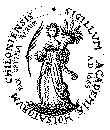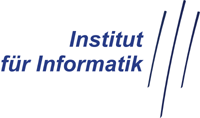Based on the research results of the Kiel University Cognitive Systems
Group in the field of multidimensional signal processing and Computer Vision, this
technical report presents new ideas in 2D/3D and multidimensional signal theory.
The novel approach, called the conformal monogenic signal, is a rotational invariant
quadrature filter for extracting i(ntrinsic)1D and i2D local features of any curved 2D
signal - such as lines, edges, corners and circles - without the use of any heuristics or
steering techniques. The conformal monogenic signal contains the monogenic signal
as a special case for i1D signals - such as lines and edges - and combines monogenic
scale space, local energy, direction/orientation, both i1D and i2D phase and
curvature in one unified algebraic framework. The conformal monogenic signal will
be theoretically illustrated and motivated in detail by the relation of the 3D Radon
transform and the generalized Hilbert transform on the sphere. The main idea of the
conformal monogenic signal is to lift up 2D signals by stereographic projection to a
higher dimensional conformal space where the local signal features can be analyzed
with more degrees of freedom compared to the flat two-dimensional space of the
original signal domain. The philosophy of the conformal monogenic signal is based
on the idea to make use of the direct relation of the original two-dimensional signal
and abstract algebraic geometric entities such as lines, circles, planes and spheres.
Furthermore, the conformal monogenic signal can not only be extended to 3D signals
(image sequences) but also to signals of any dimension.
The main advantages of the conformal monogenic signal in practical applications
are the completeness with respect to the intrinsic dimension of the signal, the rotational
invariance, the low computational time complexity, the easy implementation
into existing Computer Vision software packages and the numerical robustness of
calculating exact local curvature of signals without the need of any derivatives.





